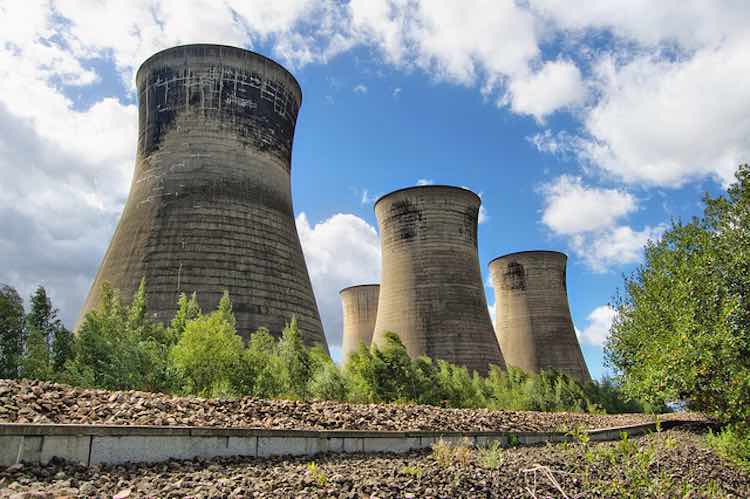Contrary to popular belief, the United States is using less coal than ever before – and in 2018, coal usage reached its lowest level in almost 40 years.
After reaching its peak in 2007, coal usage has been in sharp decline as safer and more efficient energy sources take on more substantial roles on the American electrical grid.
According to a recent report from the U.S. Energy Information Administration, coal usage fell by 4% in 2018, which is the lowest it has been since Jimmy Carter’s presidency in 1979.
Natural gas, an energy source that releases 50% to 60% less carbon dioxide emissions than coal, surpassed coal as the leading source of U.S. electricity generation in 2016. The increased use of natural gas, along with renewable energy sources such as solar and wind, have led economists and analysts alike to predict a significant decrease in coal usage by 2050.
Tougher pollutant restrictions are partially responsible for coal’s decline, but the main reason for coal’s decline may have more to do with economics than with regulation.
The report states that “coal demand in the power sector is sensitive to changes in the price of natural gas,” meaning that whenever natural gas becomes less expensive, demand for its use increases, resulting in a decreased demand for coal.
As natural gas plants have become increasingly efficient in converting gas to electricity, the relative cost of natural gas has decreased.
With economic forces expected to continue curbing American coal use, environmentalists can breathe a sigh of relief knowing that its retirement will only help to usher in a new era of sustainable energy.
Clean Up Negativity By Sharing The Good News To Social Media – Photo by TJ Blackwell, CC




















